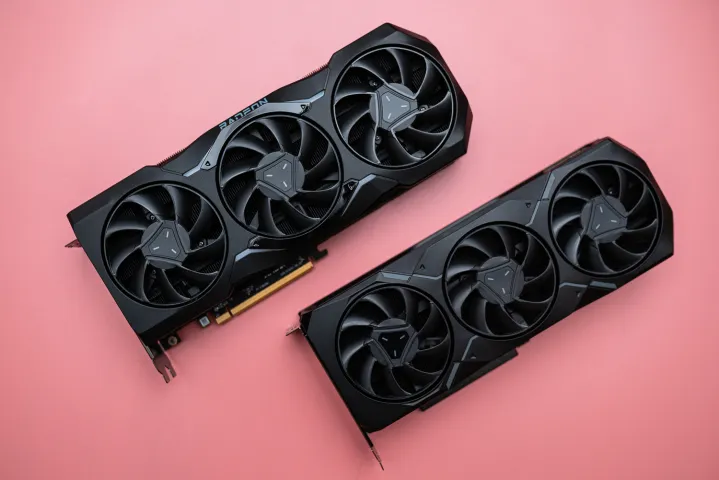AMD’s FidelityFX Super Resolution 3 (FSR 3) has faced challenges, but 2024 could bring improvements. According to AMD’s chief technology officer, Mark Papermaster, this year will be significant for the company in terms of AI and upscaling technologies. Could AMD make major advancements in its upcoming RDNA 4 graphics cards?
In a recent appearance on the No Priors Podcast, Mark Papermaster hinted at AMD’s plans for 2024, focusing on AI and upscaling capabilities. This aligns with similar strategies adopted by Nvidia.
“This, for us, is a huge year because we spent so many years developing hardware and software capabilities for AI. We just completed AI-enabling in our entire portfolio, so cloud, edge, PCs, embedded devices, [and] gaming devices. We’re enabling our gaming devices to upscale using AI. And 2024 is really a huge deployment year for us,” said Mark Papermaster.

Get your weekly breakdown of the latest in PC gaming technology
This cryptic tease suggests that AMD may enhance FSR with AI capabilities, aligning it with Nvidia’s DLSS 3 and Intel’s XeSS. While FSR 3 focuses on temporal upscaling techniques and is open-source, competitors provide hardware-powered AI upscaling, potentially limiting AMD’s advancements in this area.

Nvidia currently leads in upscaling technology, with FSR 3 making progress but lagging in game adoption. Meanwhile, Nvidia’s DLSS 3 significantly boosts performance on GPUs like the RTX 4060 and RTX 4070 Super.
Mark Papermaster acknowledges AMD’s current AI presence and hints at changing the narrative in 2024: “We want to be known as the company that truly enabled broad AI across applications. This year marks the launch of an expanded portfolio of applications.”
These subtle hints suggest that AMD may integrate AI into FSR soon, potentially influencing the upcoming RDNA 4 graphics cards designed for release this year.
Editors’ Recommendations


